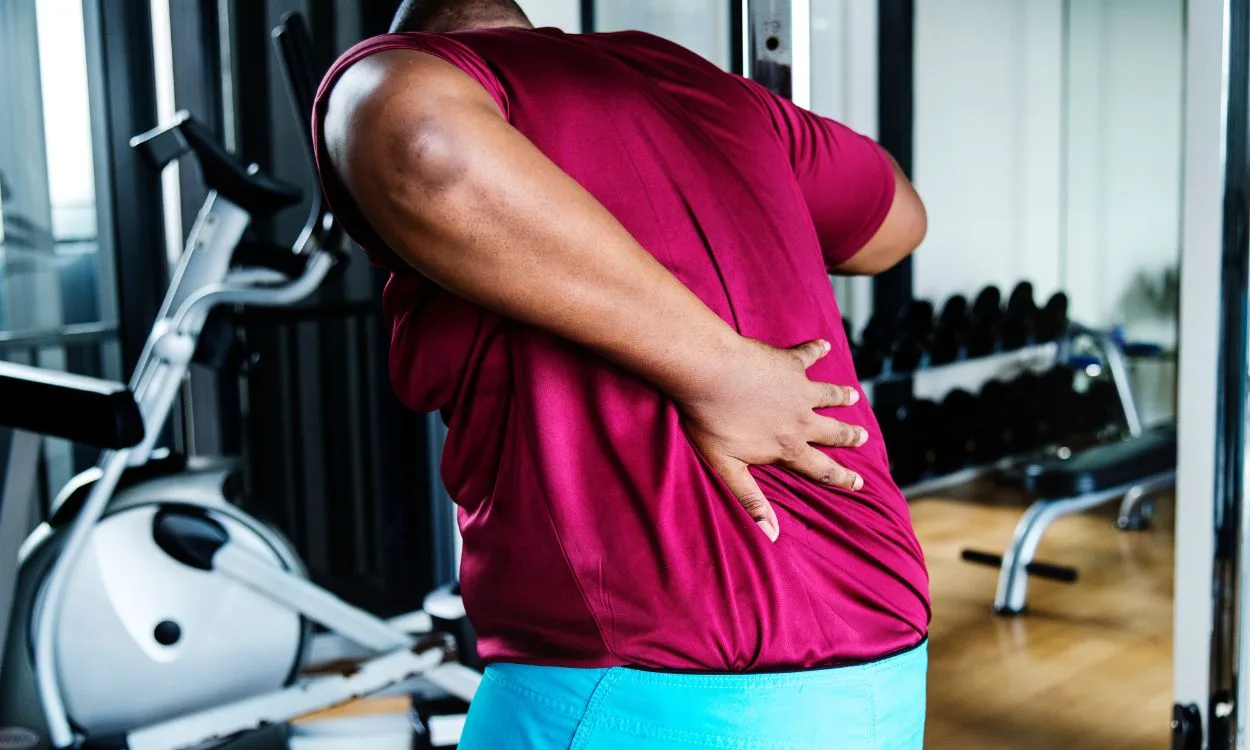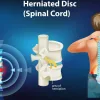How Does Muscle Strain Cause Back Pain?
Back pain is a common ailment that affects people of all ages and backgrounds. It can be caused by a variety of factors, including muscle strain. In this article, we will explore how muscle strain can lead to back pain and discuss ways to prevent and manage this condition.
1. Understanding Muscle Strain
Muscle strain refers to the overstretching or tearing of muscle fibers. This can occur when muscles are subjected to excessive or repetitive force, or when they are used in an unfamiliar manner. In the context of back pain, muscle strain often affects the muscles in the lower back, including the erector spinae and the muscles that support the spine.
2. Causes of Muscle Strain in the Back
There are several factors that can contribute to muscle strain in the back, including:
- Poor posture: Sitting or standing in a slouched position for extended periods of time can put strain on the muscles in the back, leading to muscle imbalances and increased susceptibility to injury.
- Lifting heavy objects: Incorrect lifting techniques, such as bending and twisting the spine while lifting, can strain the muscles in the back.
- Sudden movements: Quick and abrupt movements, such as twisting or turning, can cause the muscles in the back to stretch beyond their normal range of motion, resulting in strain.
- Lack of conditioning: Weak back muscles are more prone to strain. Regular exercise and strength training can help build muscle strength and prevent injury.
3. Symptoms of Muscle Strain-Induced Back Pain
When the muscles in the back are strained, it can lead to localized pain and discomfort. Common symptoms of muscle strain-induced back pain include:
- Aching or stiffness in the lower back
- Pain that worsens with movement or activity
- Muscle spasms or tightness
- Limited range of motion
- Tenderness or swelling in the affected area
4. Treating and Preventing Muscle Strain-Induced Back Pain
If you experience back pain due to muscle strain, there are several self-care measures you can take to alleviate symptoms and promote healing. These include:
- Rest: Giving your back muscles time to recover is crucial. Avoid activities that exacerbate pain and practice good posture while sitting or standing.
- Ice and heat therapy: Applying ice packs or heating pads to the affected area can help reduce inflammation and alleviate pain. Alternate between hot and cold therapy for best results.
- Pain relief medication: Over-the-counter pain medications, such as non-steroidal anti-inflammatory drugs (NSAIDs), can help reduce pain and inflammation.
- Stretching and strengthening exercises: Gentle stretching and strengthening exercises, under the guidance of a healthcare professional, can help improve muscle flexibility and prevent future injuries.
- Ergonomic adjustments: Making ergonomic adjustments to your workspace or home environment can help reduce strain on your back muscles. Ensure that your chair, desk, and computer setup are ergonomically designed to promote good posture.
5. Introducing Fitpaa: Your Personalized Health and Fitness Solution
If you are looking for a comprehensive solution to manage and prevent back pain, Fitpaa can help. Fitpaa is an AI-driven metabolism monitoring and management technology that offers personalized fitness plans tailored to your specific needs. With Fitpaa, you can access a team of fitness coaches, nutritionists, and doctors who will guide you in achieving your health and fitness goals.
Fitpaa’s approach to managing back pain includes:
- Metabolism assessment: Fitpaa’s advanced technology assesses your metabolism to identify the root cause of your health condition, including muscle strain-induced back pain.
- Personalized Fitpaa Capsule: Based on your metabolism, health goals, lifestyle, and eating habits, Fitpaa creates a personalized Fitpaa Capsule. This capsule combines medical therapy, exercise therapy, nutrition therapy, and cognitive behavior therapy to optimize your metabolism and help you achieve your health and fitness goals.
- Real-time guidance: Fitpaa’s real-time guidance technology incorporates cognitive behavioral therapy techniques to keep you motivated and inspired throughout the day. The Fitpaa mobile app provides tools such as virtual workout trainers, diet trackers, and performance tracking to help you follow your Fitpaa Capsule with ease.
By following your personalized Fitpaa Capsule and utilizing the resources provided by the Fitpaa app, you can effectively manage and prevent back pain while working towards improving your overall health and fitness.
Conclusion
Muscle strain is a common cause of back pain, and it can be debilitating if left untreated. Understanding the causes and symptoms of muscle strain-induced back pain is important for effective management and prevention. By adopting self-care measures and utilizing a comprehensive health and fitness solution like Fitpaa, you can alleviate pain, improve muscle strength, and achieve your health and fitness goals. Don’t let back pain hold you back – take charge of your well-being and download the Fitpaa app today!









